Functional Noise Generalize Your Mind
The Mathematics of Emptiness
My current hobby is exploring my own perception. To understand the universe and to figure out happiness for everyone. I'm running some interesting experiments, like symmetrifying myself. The safest, well-documented tool for exploring perception is meditation. As you read more about meditation, you encounter the Buddhists, who have been meditating for a while. But they often use flowery poetic language. Time to demystify some, we need a crisp language of phenomenology. One interesting Buddhist concept is Emptiness. Generally it refers to the absence of inherent existence. They say you have to experience it to understand it. It's ineffable.
Now this feels like a good challenge. A few thousand years have passed and we sharpened our analytical tools. Let's describe emptiness with math. We need enlightened mathematicians. So I will stubbornly attempt to make the ineffable effable and run happily off this cliff.
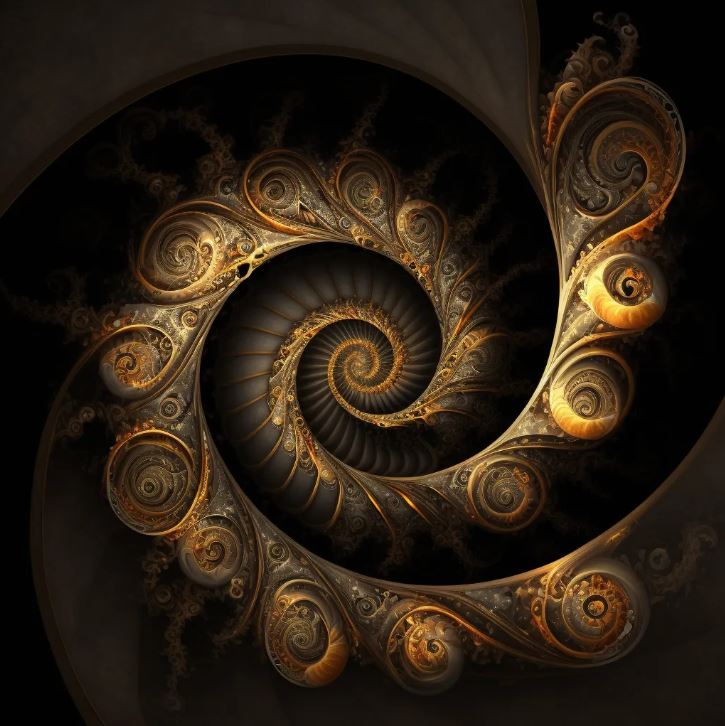
Warning: I am a physicist, not a mathematician, so I do everything handwavy. Mathematics is a language of our perception. Emptiness relates to our perception, so we should be able to describe some of the concepts somewhat with math. I am looking for the fundamental concepts to kickstart some math. Don't take it too seriously, I will probably fail. Let's have some fun.
Space of awareness
Let's use some set theory for my mathematics of emptiness.
At any moment you hold many objects in your awareness. Physical objects or mental concepts. A tree, a cat, a thought about work, time, space. Any thing, any-thing, anything your mind can hold.
Let's say you are aware of object X. Then you are also aware of not-X, since X is surrounded by everything else. This is the duality of all concepts.
I claim there are only two states possible here:
You are aware of X and ¬X
You are unaware of X and ¬X
So awareness is either (X ∪ ¬X) or ¬(X ∪ ¬X).
Basically objects can enter and leave awareness. You are currently unaware of the cat concept. But now suddenly the cat concept entered your awareness. Everything else you are aware of became not-cat.
I claim that emptiness is this property of concepts to move in and out of awareness. When a concept is outside awareness, it simply does not exist anymore. From the point of view of your concious mind there is absolutely nothing outside your awareness.
Your awareness has the set of all known objects. Objects can be added and removed from this set. If you are aware of this changeability in objects, their 'illusionary' nature, than emptiness is an object in awareness. Emptiness itself is empty ofcourse, it can move out of awareness. The concept of this set-of-objects can also be in the set of objects. The entire set of objects cannot be in the set itself, you cannot actually 'see' awareness itself.
The set of all known objects needs to have some order or structure, else objects sit on top of each other and cannot be discriminated from one another. This is the feeling of physical and mental space. Space is a fascinating concept. Empty space is also an object in awareness. The absence of space is nothing, no-thing, no thing.
So space arranges all objects. Typically we just say that space contains objects. (As a fun excercise, try to find the edge of space in your experience. You cannot.)
Lots of objects/concepts do actually overlap in space. When someone talks, their body and their voice seem to originate from the same point in space. This 'binding' of objects in the same space fascinates some people. It's called the binding problem. Some claim to have finally solved the binding problem.
Nothing contains no objects. It's where all the objects go when they leave your awareness. Nothingness has a lot of potential. It contains infinite unknownable concepts.
So we could say that:
Space is (X ∪ ¬X)
Nothingness is ¬(X ∪ ¬X).
Impermanence is the concept that objects move around in space and move in and out of awareness.
Imaginary Dimensions of Conciousness
For a while people thought that the square root of negative numbers did not exist. And it's true... in the space of real numbers. But someone just re-labeled the √-1 and called it i. Boom, done. Turns out the Buddhist were way ahead of the mathematicians.
Let's define nothingness as orthogonal to space. Nothingness is the imaginary dimension of awareness, it can contain infinite concepts. Space is the real dimension of awareness, due to the limits of our mind it will contain a finite amount of concepts. You can draw a plane of these two dimensions. The complex plane of conciousness.
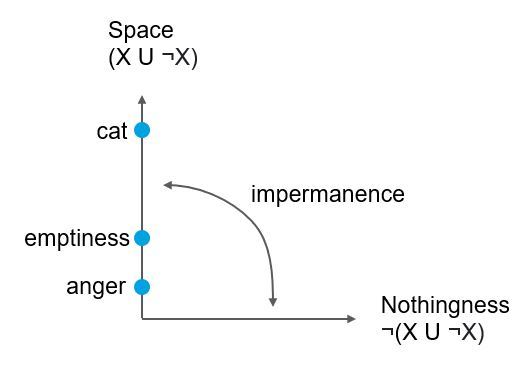
A concept can move through the complex plane, that's impermanence. Emptiness is knowing that objects have this imaginary property, even if you cannot actually see the imaginary component.
This all feels like an interesting concept.
An Empty Example
Optical illusions are fun, because they look for edges and corners in our visual perception. Let's look at the famous duck-rabbit illusion again.
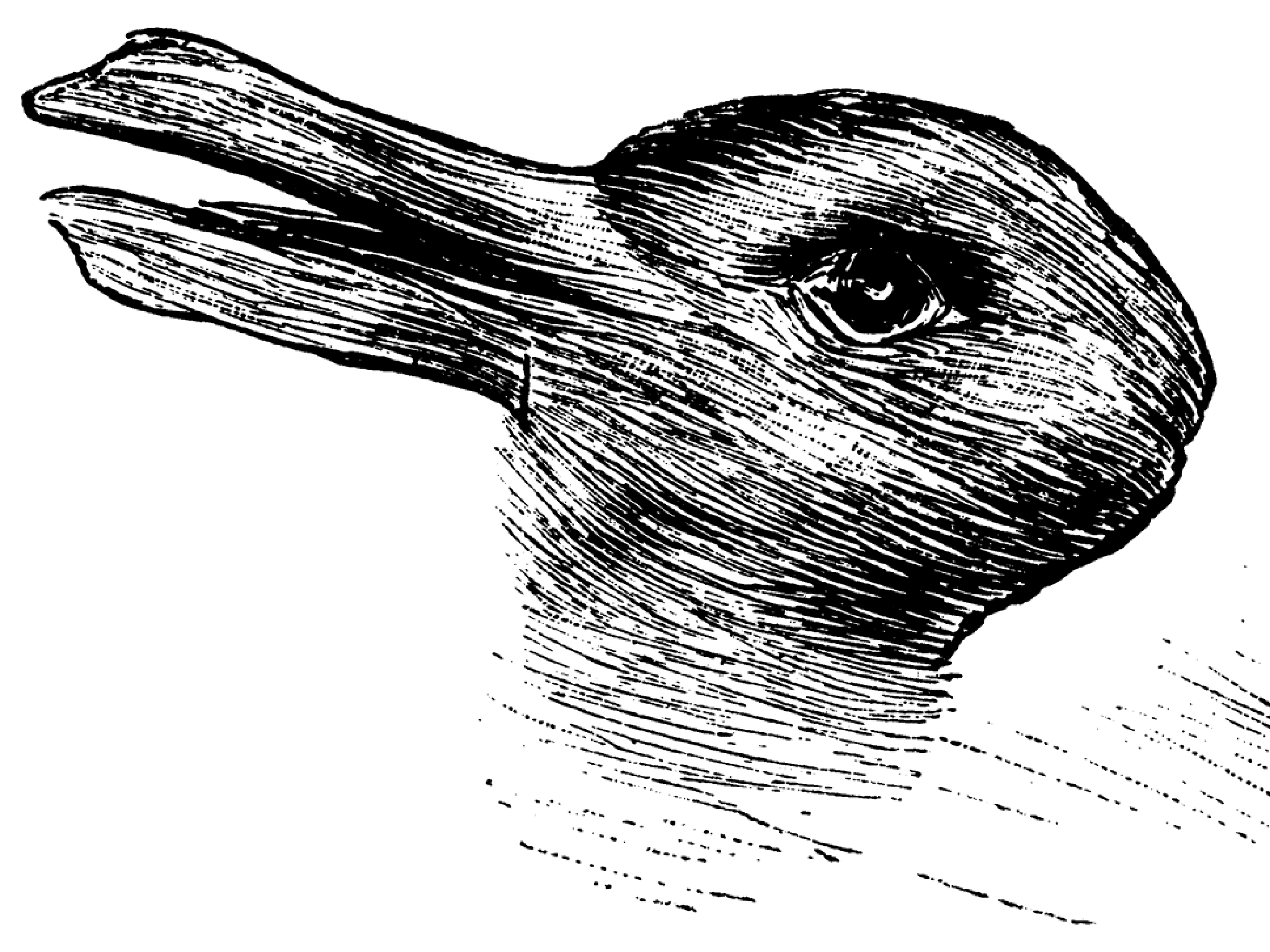
You can see your mind scrambling to classify concepts on this image. Is it a duck? Is it a rabbit? Clever minds may stabilize the illusion by applying other concepts, like declaring it "a bunch of pixels" or pulling a "duck-rabbit" concept out of nothingness. But typically you are observing this rabbit-duck classification boundary in the space of all possible ducks and rabbits. At this boundary you are seeing the concept of impermanence in real time. (Though you never see the nothingness itself.)
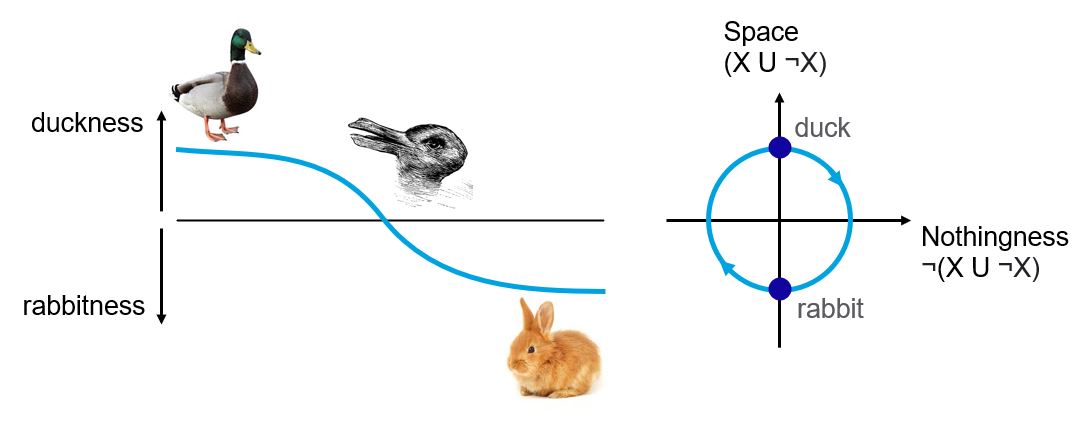
Somehow we are moving through the duck-rabbit complex plane. Near the zero-point this is most easily experienced. Notice how quickly you can cycle through the duck-rabbit transition.
Holographic Compositionality
Concepts or objects typically feel like they have other concepts inside as parts. This is a weird kind of holographic property of space. Let me elaborate.
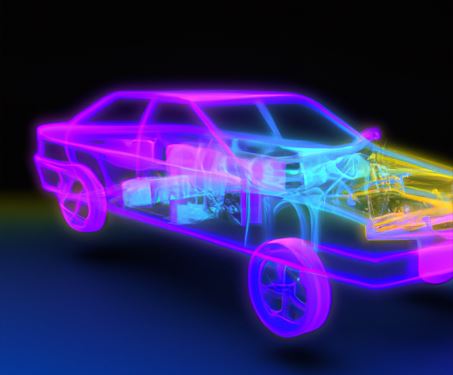
You look at a car. The car fills a part of space. You look at its wheel. It feels like the wheel fills a part of the space where the car concept is. So now you have two concepts laying on top of each other in space. The wheel will consists of many parts; a rubber tire, nuts and bolts and more. In those you perceive parts as well, down to atoms or lower. So concepts can overlay recursively inside the same space. It is as if a lot of holograms cover the same space.
The car concept itself is not actually made of the compositional concepts. This follows from the Ship of Theseus reasoning, or the Sevenfold reasoning of the chariot. The car concept doesn't really stand on its own, but neither is the sum of its parts. That means it doesn't really exist, it's empty, it may vanish at any moment.
The parts that you consider as part of the car will vary over time. The more you look, the more parts you find inside the space contained by the car. This is another form of impermanence.
Qualia make up the lowest level of concepts. The quantums of our experience. Like the 'redness' of red. Some parts in the space of the car will be red, some will be black. Everything else is projected on top of these qualia. If the qualia suddenly vanish, then you typically feel like the concept vanishes too. This is not always true though, if you look at a car, then close your eyes, many people can still feel the car concept. Because we predicted the qualia to vanish (temporarily) we can mentally keep the concept in place. Feeling the concept without the qualia, might be defined as amodal perception.
Programming language impact
Programming languages typically model compositional objects as fixed. As if we somehow know all the parts of a car. All the way down to a primitive type that the computer can understand (like an integer), which can then be turned into a linear memory layout of bits.
struct Car
wheel
window
bumper
endProgramming languages struggle to explain the concept of not-ness and nothingness. Many languages try to objectify nothingness into different types, like nothing, missing, null, NaN. You can say that a type can be a union of such a nothing-type and a dog, like Union{Nothing, Dog}, but you cannot proclaim every type to be inherently empty.
I just explained that humans can experience changing the parts in the car, while still experiencing the car itself. How would you change the composition, while keeping the car concept constant? The emptiness of concepts is impossible to include in programming languages, they are even more rigid than typical human languages. Unless perhaps we find a logical, mathematical description that we can explain to a compiler.
Artificial Intelligence
Supervised classification algorithms, such as typical neural networks to classify cats and dogs in images, have a fixed set of concepts. The AI is unaware of any emptiness, since the concepts cannot leave their model of reality. As supervisors we enforce the concepts onto them.
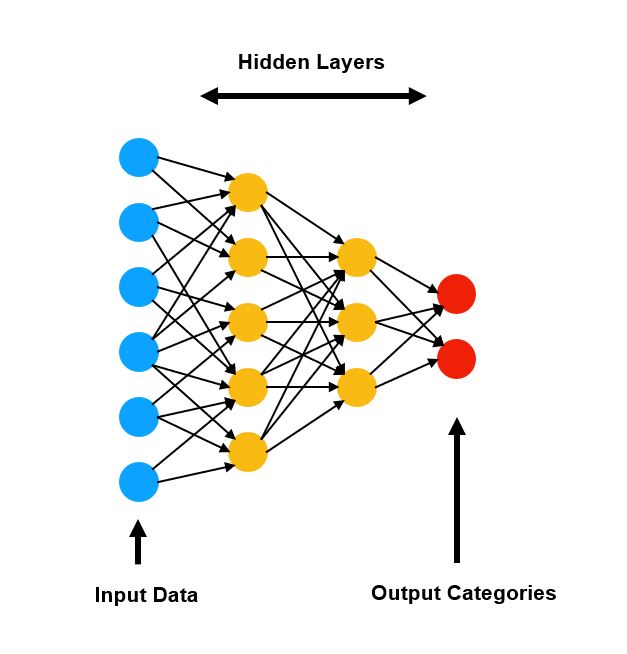
Other unsupervised neural network architectures, like auto-encoders, have a kind of arbitrary compression layer, a latent space, an encoding, where the AI may choose its own concepts. This may be the closest concept of emptiness in computer science? Do note that the AI may only have impermanence during the learning phase, where the concepts change. During inference the concepts are fixed. If we can make the AI aware of its own encoded data, perhaps it will encode the emptiness of its own encoding?
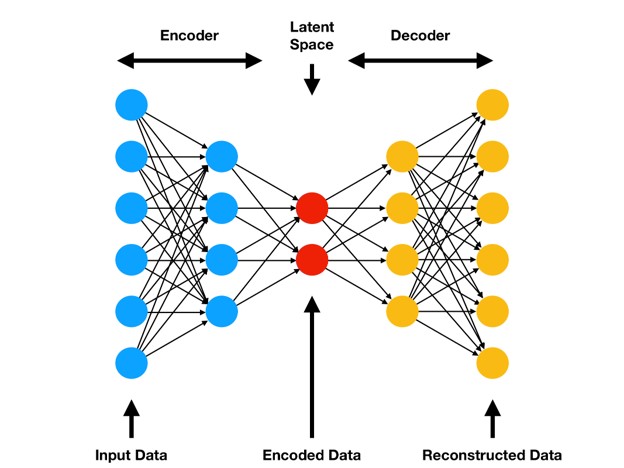
You could say that this encoding layer has no 'real concepts', no 'qualia', since it's just a bunch of floating point numbers. Please remember that your sensory qualia from the outside will also look like abstract electromagnetic signals somewhere in your brain (unless you believe there is something more than just physics).
Further study material
Emptiness, and non-dual awareness, is gaining ground in academic cirles. You can read this interesting review paper about how experiencing non-dual awareness may actually change your brain: Beyond the veil of duality - topographic reorganization model of meditation. While it's difficult to capture non-duality in dualistic language concepts, we should keep trying. Many people have these experiences, with measurable impact on their brains.
There is so much more to explore. Take Qualia Principia for example. Just look at all the concepts in there. Or take Steven Lehar's Cartoon Epistemology, a nice visual tour through our perception.
The Bayesian Brain theory, or Predictive Processing, is fascinating. Just look at the videos about The Ultimate Nature of Reality or the video about Meditation from Shamil Chandaria.
Emptiness of mathematics
Space is empty. The imaginary plane is empty. Every concept in awareness is empty. The math is empty. Emptiness is empty. A possible side effect of this blog post is that you make imaginary concepts real, a concept known as 'reification', please don't do that. All the above is empty and non-empty, neither empty nor non-empty. Space and nothingness all at once, yet neither. (Or something like that.)
I will quote a poem from the unfettered mind
Once known, mind itself is like space.
The nature of space is that there is nothing that is space.
In the same way, examples cannot really point out awareness.
Yet I rely on such methods to shed light on key points.
This describes my mood right now. We seem to have a bit of a mathematical conundrum when explaining our own awareness to ourselves. Great fun!
Disclaimers
If you wish to talk to me about this or try stuff yourself, some disclaimers:
Experience stuff yourself first. Report the stuff as phenomenologically as possible.
Please only share verifiable experiments I can try in my perception. I am not interested in your personal ideologies.
Meditation is well studied, but not without possible side effects. See for example the Color Control Experience. You are playing with your own mind at your own risk.
Other perception altering techniques may have even higher risks, don't do them if you have important responsibilities in life, such as kids to take care of.
I'm not a professional meditation coach, nor a cognitive scientist. I don't know what I am doing. I merely study my own conciousness.